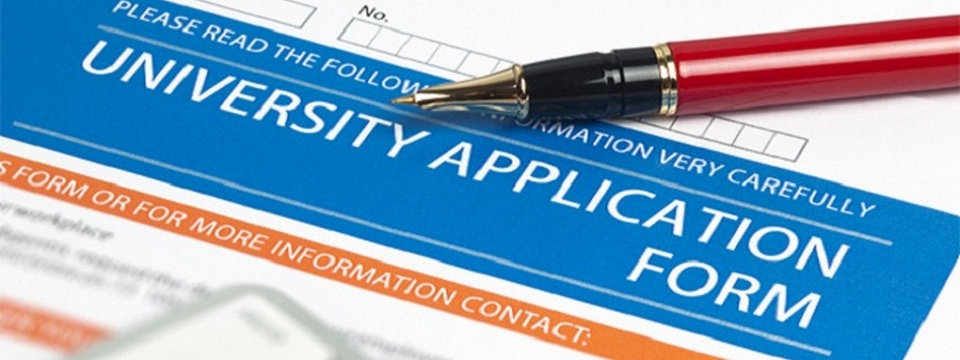- Applying
You must apply for a place at a school
1.1 When to apply
You can apply for a primary school place in the autumn term after your child turns 4. You’ll need to apply then even if you want your child to start part-way through the school year.
Applying a year later
If your child was born in the summer (1 April to 31 August) you can apply in the autumn after your child turns 5.
Application deadlines
It depends on the schools
1.2 Choosing schools
Contact us to find:
- schools
- admission criteriafor the schools you’re interested in
Find out about a school
You can find out more by:
- visiting the school – most schools have open days
- reading the school’s most recent Ofsted reports
- checkingschool league tables, which include exam results
- talking to other parents about what they think of the school
What schools must publish on their website
Schools’ websites must include:
- the fee
- details of the curriculum
- admission criteria
- behaviour policy
- special educational needspolicy
- disability policy
- links to Ofsted reports
- links to performance data
- the school’s latest key stage 2 and 4 attainment and progress measures
1.3 How to apply
Private schools have their own admissions procedures. Apply directly if you want to send your child to a private school.
Completing the application
You will need to fill in the form (online or on paper) and then your child may need to do the entry test.
- When you’ll find out
– When the school received your application, they will send you an email to confirm that they receive it
– They will send you the result at a later stage after your child doing the tests and interview
- School waiting lists
If your child has not got a place, you can also put your child’s name down on a waiting list. The ‘admission authority’ for the school must keep a waiting list open for the first term of each admission year.
If your child is on a waiting list and the school offers you a place, the admission authority will send you a formal offer. You can still accept the offer even if your child has already started at another school.
- Appealing a school’s decision
You’ll be sent a letter with the decision about your child’s school. If your child is refused a place, you can appeal against the decision. The letter will tell you how.
You must appeal against each rejection separately. You can only appeal once against each rejection.
- Arrange your Finances
The amount of money required to have in your bank account varies according to circumstances
- Get your Child Visa.
The child visa in UK is labelled as Tier4 (Child) – children aged 4 to 17. The day you are given a place at the school you must reach the British embassy or get contact us for further advice to seek guidance on student visa requirements in UK
Attached with the admission letter your school will send you a reference number known as Confirmation of Acceptance for Studies (CAS). You’re going to need this number at the British embassy to prove that you have been awarded a place at a UK school and therefore are eligible for a student visa.
Due to the risk of student visa processing delays, it is very important for you to know what are the requirements for the child visa in UK before you receive the admission letter.
HOW TO APPLY FOR UNIVERSITY IN UK
Steps to help you apply for college in UK:
1 Choose a university and a study program.
- Which JOBS you would like to do in the future
- Your target: what do you want to study and where do you want to study
2 Find down the Application requirement:
- What are they?
- Your time frame?
3 Apply.
- Wait for the AdmissionLetter
- When the university received your application, they will send you an email to confirm that they receive it
- They will send you the result at a later stage
- Arrange your Finances
- The amount of money required to have in your bank account varies according to your personal circumstances
- You need to have at least £1200 every month if your university is in London and £1000 pounds if it is at anywhere else
- Get your Student Visa.
The student visa in UK is labelled as TIER 4 (General). The day you are given a place at the university you must reach the British embassy or us to seek guidance on student visa requirements in UK.
Attached with the admission letter your university will send you a reference number known as Confirmation of Acceptance for Studies (CAS). You’re going to need this number at the British embassy to prove that you have been awarded a place at a UK college and therefore are eligible for a student visa.
Due to the risk of student visa processing delays, it is very important for you to know what are the requirements for the student visa in UK before you receive the admission letter.

